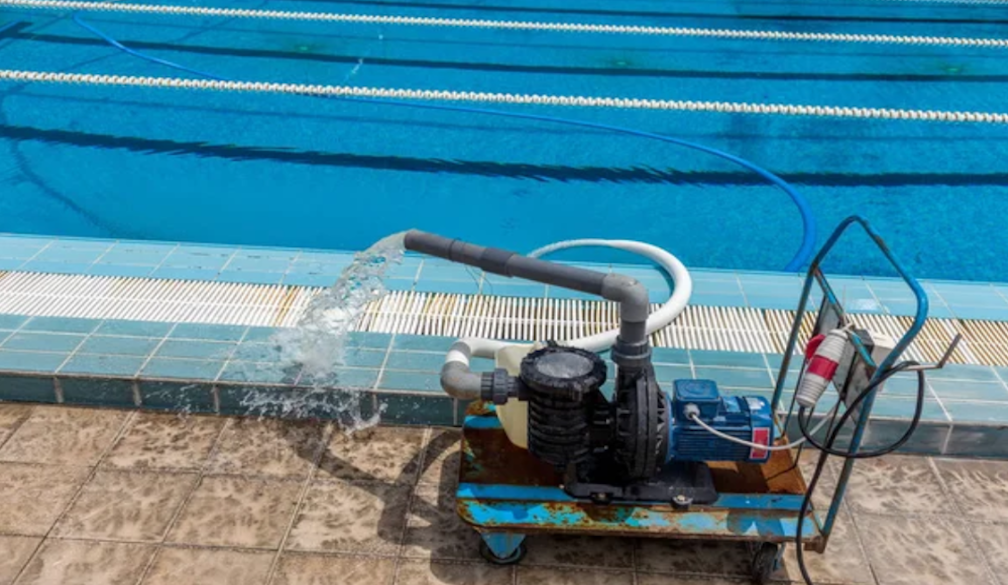An innovative way to counter domestic violence: provide housing for abusers
- Written by Sarah Wendt, Professor of Social Work, Flinders University

Domestic and family violence has devastating impacts on the physical, social, material and psychological well-being of women and children.
But the ramifications of abuse go beyond this – research has also established that domestic violence is a leading cause of homelessness among women and children, as victims fleeing abusive situations often have nowhere to go. Women’s crisis accommodation services are nearly always full. And many victims can’t rely on their social networks, as they’ve been eroded over time due to domestic violence.
Read more: After a deadly month for domestic violence, the message doesn't appear to be getting through
Now, the South Australia government is trying a new approach. The government recently announced funding to trial a new program that will provide accommodation, support services, and behaviour and attitudinal change interventions for the perpetrators of domestic and family violence – enabling women and children to remain in the family home.
Already, A$4 million has been allocated for shelter accommodation in South Australia for women and children, with a small proportion to be set aside for perpetrators. It is not clear yet how men will enter these shelters (mandated or voluntarily), but once there, the plan is to connect them with the support needed to properly address their abusive behaviour.
This is a rare approach to the complicated issue of how best to respond to domestic and family violence.
Why women and children leave their homes
The National Plan to Reduce Violence against Women and their Children (2010-2022) emphasises the need to hold perpetrators accountable for their actions through laws and policing, as well as interventions to force them to confront their use of violence in intimate partner relationships.
In practical terms, responses to domestic and family violence have tended to focus on victims. Government support services, for instance, typically include providing emergency and short-term accommodation for victims and safety planning (helping victims learn to be safe while living with violence).
As a result, ensuring the well-being of victims has largely focused on removing women and children from abusive situations in their family homes. This is problematic, though: it disrupts their lives and routines at a time when stability is most needed.
However, a few programs, including the trial in SA, are attempting to flip this response, asking the perpetrators – not victims - to leave the family home.
Most jurisdictions in Australia have implemented the Safe at Home program, which is a first step in this direction. This supports victims of domestic and family violence to stay at home by using legal means – exclusion clauses and protection orders – to keep perpetrators out.
But this program does not factor in the perpetrators’ accommodation needs or offer support to help them rehabilitate or change their violent behaviours. The only option available to perpetrators is a referral to a 12-week “behaviour change program”, which vary greatly in terms of success rates.
A new approach, but questions remain
Where the SA trial is different is that it seeks to remove perpetrators from the family home by offering them accommodation, as well as therapy and support services.
There are a very small number of similar programs in Australia, including Communicare Breathing Space in Western Australia and Room 4 Change in the ACT. These programs offer accommodation, individual counselling and group programs. Research on the efficacy of these programs is still needed, however.
Read more: How domestic violence affects women's mental health
The details of the SA trial have yet to be released. Nonetheless, early indications suggest it will provide both accommodation and intensive support for perpetrators, which is why it shows such promise. However, the devil really is in the detail. Paying close attention to the following elements will be critical to the success of this initiative.
Prioritising women and children’s safety is non-negotiable. Removing a perpetrator from a home does not guarantee an end to violence. On-going safety planning, risk assessments and protection orders must be implemented to minimise the threat of further violence.
Women’s and children’s needs for support and counselling must be met. Domestic violence creates financial, physical and psychological issues that continue after the immediate threat of violence has ended. The already-limited funding for services must not be eroded.
Accommodation must connect men to case management and therapeutic intervention programs. Case management is vital to address complex issues such as alcohol and drug use and mental and physical health, which can contribute to domestic and family violence. The accessibility of long-term therapy that is grounded in a gendered analysis of power is also necessary to drive behavioural and attitudinal change.
Rigorous evaluation must also be built into the design of the trial. We are still developing the evidence base for what works to stop domestic and family violence. Change will not come through one program, or a single type of support.
Turning attention to perpetrators of domestic violence is a welcome political and policy initiative. However, the need to balance protection and accountability requires an integrated and well-funded approach. Housing is a first, not last step in achieving this change.
Authors: Sarah Wendt, Professor of Social Work, Flinders University



















